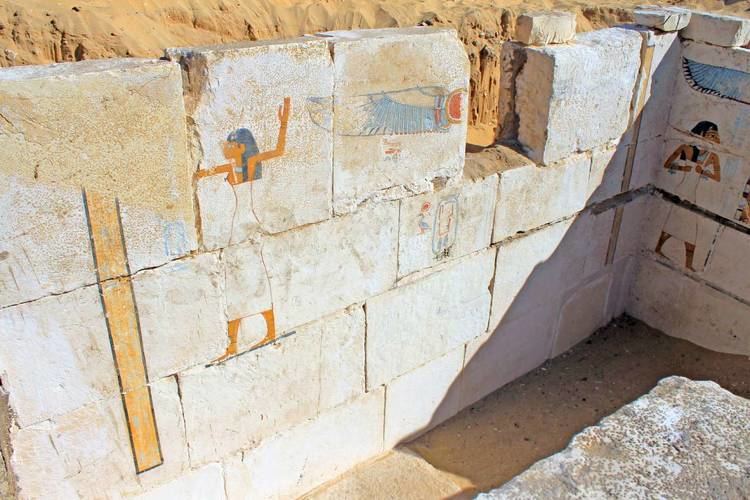Predecessor ? | Successor ? | |
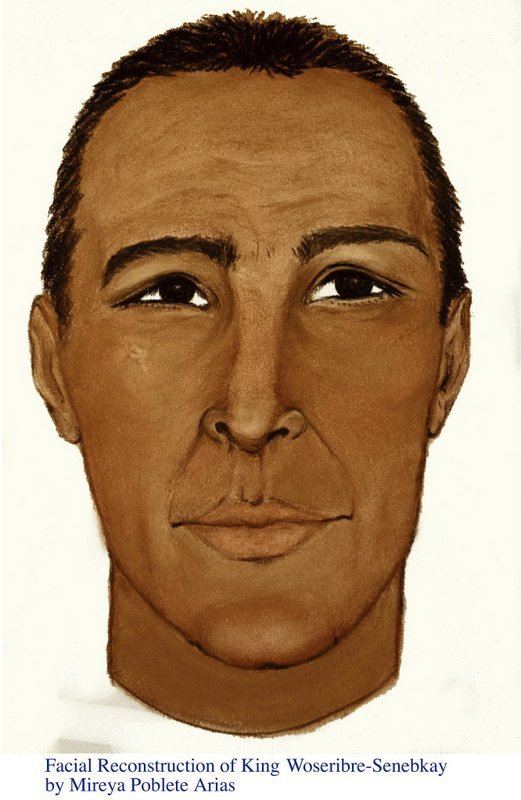 | ||
Reign c. 1650 BC (uncertain, Abydos Dynasty or 16th Dynasty) | ||
Woseribre Senebkay (alternatively Seneb Kay) was an ancient Egyptian pharaoh during the Second Intermediate Period. The discovery of his tomb in January 2014 supports the existence of an independent Abydos Dynasty, contemporary with the Fifteenth and Sixteenth Dynasties during the Second Intermediate Period. He might also appear in the Turin Canon, where there appear two kings with the throne name "Weser... re" (the names are only partly preserved). A further possible object with his name is a magical wand bearing the name Sebkay. The wand was found at Abydos but could refer to one or possibly two kings of the earlier 13th Dynasty. The existence of the so-called Abydos Dynasty was first proposed by Detlef Franke and later further developed by Kim Ryholt in 1997.
Contents
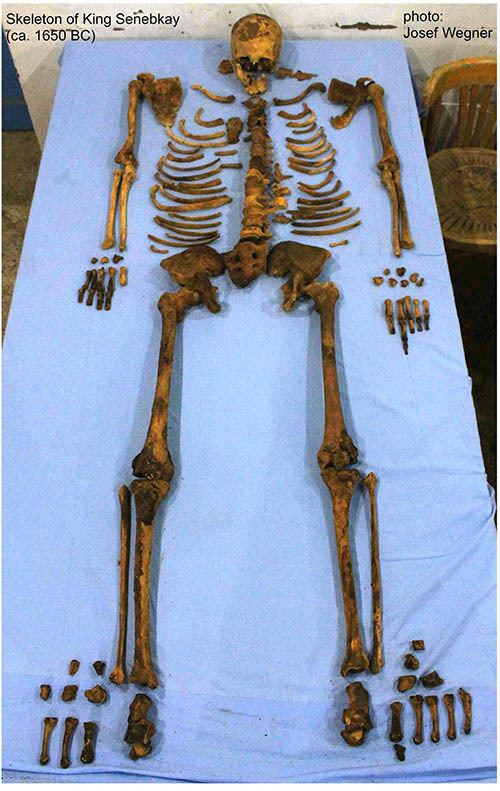
Dany one sir senebkay duplate pour selecta alanbwoy
Tomb
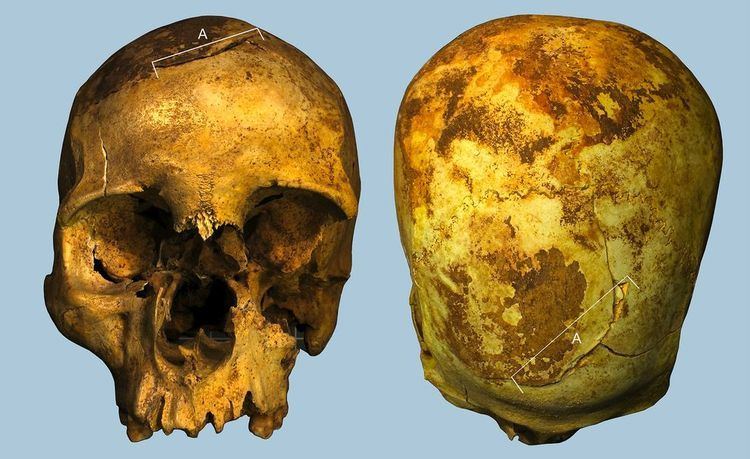
Senebkay's tomb (CS9) was discovered in 2014 by Josef W. Wegner of the University of Pennsylvania and a team of Egyptian archaeologists in the southern part of Abydos, Egypt The four-chamber tomb has a decorated limestone burial chamber, bearing the images of the goddesses Isis, Neith, Nephthys and Selket. The body was discovered in a wooden coffin inside a damaged stone tomb. The head of the king was once decorated with a mummy mask. The texts record the pharaoh's titulary and call him the "king of Upper and Lower Egypt, Woseribre, the son of Re, Senebkay". Senebkay's name was found inscribed inside a royal cartouche. Some of the burial equipment, such as the wooden canopic box, were taken from older tombs. The remains of the canopic box was originally inscribed for a king Sobekhotep.
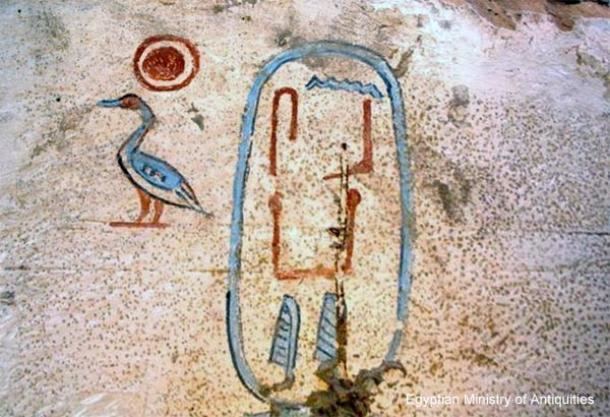
The tomb did not house many funerary goods and may have been robbed in ancient times. The king was around 5 feet 10 inches (1.78 metres) tall and died between the ages of 35 and 40. Studies on his skeleton reveal he was most likely killed in battle. There are eighteen wounds on his bones, impacting his lower back, feet and ankles. The cutting angles suggest he was hit from below, perhaps while he was on a chariot or on horseback. Upon falling to the ground, he was killed by several axe blows to the skull. The curvature of the wounds on the skull indicate the use of battle axes contemporary to the Second Intermediate Period.

